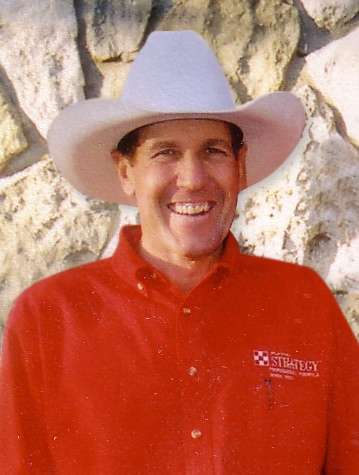“What kind of mineral do you feed your cattle?”
“We don’t feed any,” responded the naïve high school agriculture senior interning at Charles Cowsert’s Monarch Charolais Ranch.
Dale Wooden, manager of the world-renowned herd northwest of Council Grove, prodded further: “Surely you give your cattle salt?”
Embarrassed, the student answered, “Yes, they have a white salt block in the pasture all the time. I was confused by the word mineral, not thinking salt was livestock mineral.”
Actually, the initial question was more complex than it came across. Prominent cattle breeders then and more so nowadays have a diligently coordinated mineral feeding program to improve efficiency and productivity.
Despite several college livestock feeds and feeding courses, the importance of meeting a balanced livestock mineral program didn’t soak in. While it still seems like a large cattle investment, the younger highly conscientious ranch manager follows a stringent mineral plan.
Bulk of the ration is sodium chloride, common white salt, plus potassium, phosphorus, calcium, and magnesium, all in precise increments. Often overlooked but claimed to also be essential are micronutrients, iron, manganese, zinc. copper, and iodine. It’s very complicated for one who barely passed college chemistry.
Thankfully, cattle feed rations do provide some of the minerals, but not enough to meet nutritional needs.
Vitamins must also be supplemented for rations, further increasing herd investment. Vitamin A is most important for productivity and efficiency followed by Vitamin E, Vitamin D, and sometimes Vitamin K.
The most essential feedstuff for cattle was prairie hay with little consideration given to quality. Brome grass hay was always preferred by the herd which occasionally got some alfalfa as a special treat.
At roundup time, the herd followed a grain bucket or cube sack.
Now for the best reproduction and growth of cattle, feed must contain a certain level of protein. Whatever the source, it must be tested for protein content with supplement bringing it up to the required level.
Native pasture is often considered the best feed, but protein level deteriorates late in the year. Expensive protein lick tubs are fed free choice to help balance the cattle nutrient requirements.
Managing a cattle operation is more difficult than it seemed to a high school agriculture intern.
Reminded of Genesis 46:32: “Their trade hath been to feed cattle herds, and all that they have.”
+++ALLELUIA+++
XVIII–2–1-7-2024





